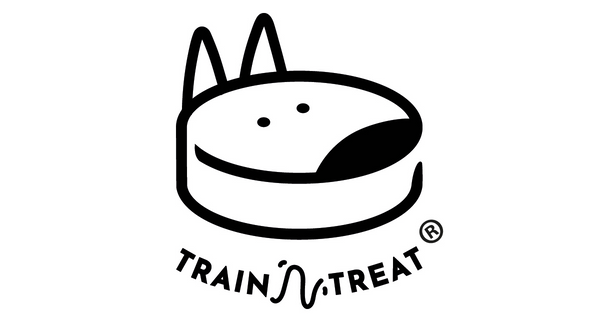
How to train your puppy
Share
We had a chance to interview Merja Kuusisto-Kallioinen, an experienced dog breeder and owner. We wanted to hear Merja’s thoughts from a breeder’s perspective as to what is important when training a puppy.
1) Calming down and waiting
The most important thing you can teach your puppy is the ability to tolerate boredom. Training is easier when your puppy is able to calm down. Leave the dog occasionally alone in a room or at home. Owners are often very active when playing with a new puppy. Too much activity may be a problem later when the dog should be able to stay at home alone. If you only play with your puppy, it may not learn everything it should.
I could actually say that it is better to not teach your dog anything than to teach it to be too active.
“Your dog will not listen to you until it has calmed down. And it will not learn until it is listening to you.”
Training tip:
Your dog should practice calming down on a regular basis. Carry out short training sessions every day. You could try this: Get the newspaper from your mailbox while the dog waits for you at the door, in the yard or somewhere else nearby. You can also lie on the floor in the evening and watch television together. Your puppy should be able to calm down next to you and not move until you say it’s ok.
2) What kind of adult dog do you want?
Is your dog allowed on the couch or on your bed? How should your dog behave when walking, in the yard, at home or around other dogs? It is easier to avoid teaching undesirable behaviors than to get rid of them later. You should have a clear picture in your head as to what kind of adult dog you want to have and then treat the puppy accordingly from day one. For example, if you want to be able to do some gardening in your yard without your dog constantly trying to play with your rake, don’t use the rake as a toy when it is a puppy. It would be wonderful to make exceptions with a puppy, but it is very hard to unlearn bad habits later.
Do this:
Before bringing the puppy home, you should discuss what the dog is allowed to do and what it should not do. If you all agree on what kind of dog you want, it is also easy for you to determine what you don’t want the dog to learn. If a dog is not allowed to do something as a puppy, it most likely will not do it as an adult either.
3) Be fair to your dog
Don’t humanize your dog. The dog is always at the bottom of the hierarchy in the family. This does not mean that you should treat your dog poorly. Let your dog be proud of its position. Each member of the family is valuable. If your dog feels that it is expected to make decisions, it may become stressed.
Tip:
Don’t let the dog decide. Don’t let the dog be in charge. Don’t try to interpret the dog’s noises and gestures and draw conclusions from them. Make sure that the dog knows that you are the leader and will keep the dog safe. You are in charge. Praise the dog for good and desirable behavior so loudly that everyone hears. Always reward your puppy generously when it does what you want it to do.
4) Reserve time for your dog
I have had almost 20 dogs and they have all been different. Take time to get to know your puppy. Get to know its personality and the characteristics of the breed.
Do this:
Clear your calendar and get to know each other.
5) Learning never stops
Dog training is part of your daily life 24/7. Dog training schools and other services are important as they give you advice on what to do with your dog. Learn to ask for help and advice. There are always some things we don’t realize as dog owners when training our own dogs. Professionals can help you work together in harmony.
Merja Kuusisto-Kallioinen has trained and bred dogs for more than 20 years. At the moment, she breeds Spanish water dogs under Kennel Bellasheim.
We have to give Merja credit for inspiring us to develop Train’N’Treat. Epe is our first dog, and Merja gave us excellent advice on reward-based training. Sausages were the best way to get Epe’s attention during training, but we hated the slimy and slippery sausage slices in our pockets. We came up with the idea for a device that would help us dispense sausage slices while keeping our fingers safe and pockets clean. Read the full story here.
